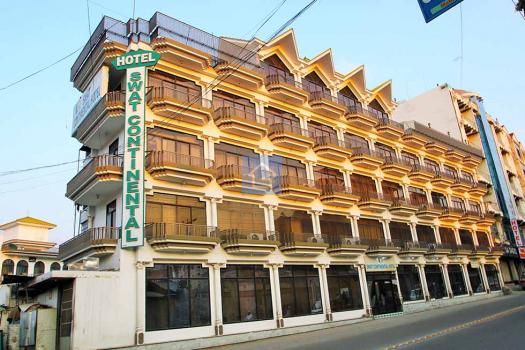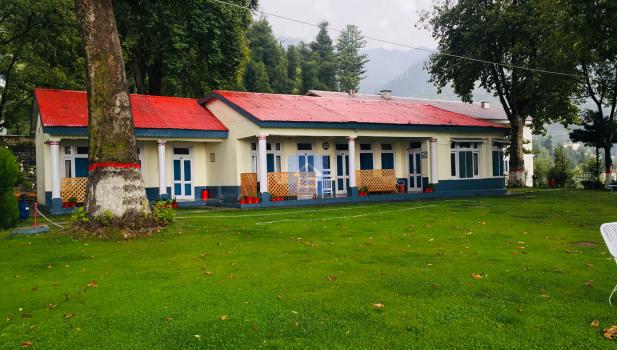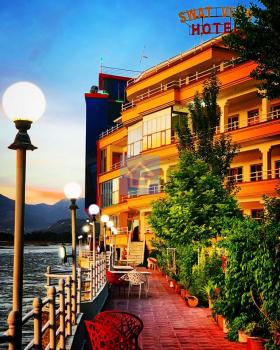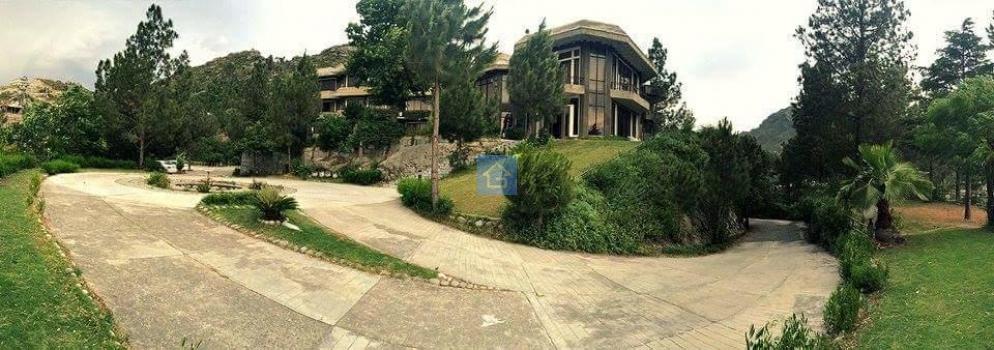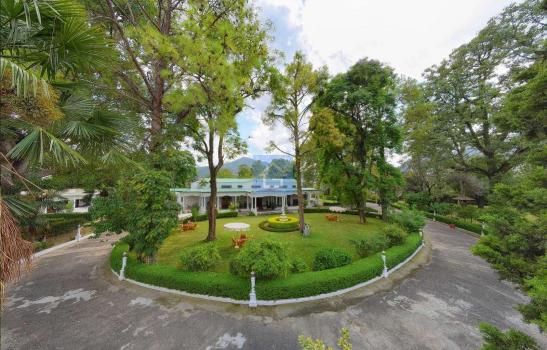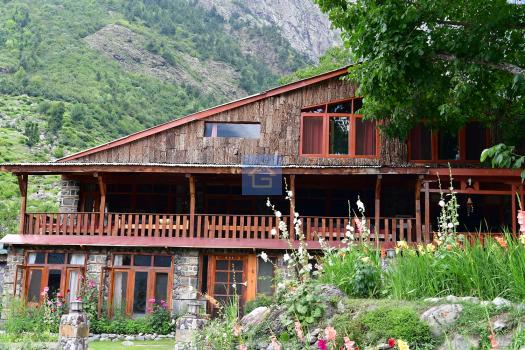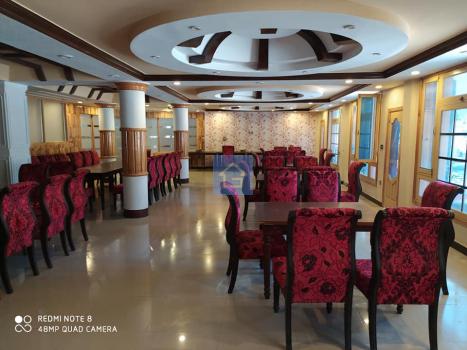- Home
- Browse Blogs
- Travel Destinations
- Getting to Grips with Camera Settings: A Guide for Beginners
Getting to Grips with Camera Settings: A Guide for Beginners
If you’re a budding photographer, chances are you’ve been overwhelmed by all the camera settings available. It can be hard to know where to start, and it’s easy to get stuck in a rut of using the same settings over and over. But don’t worry &ndas..
Getting to Grips with Camera Settings: A Guide for Beginners
If you’re a budding photographer, chances are you’ve been overwhelmed by all the camera settings available. It can be hard to know where to start, and it’s easy to get stuck in a rut of using the same settings over and over. But don’t worry – with a bit of practice, you can learn to master your camera’s settings and take your photography to the next level. Aperture The first setting to understand is aperture. Aperture is the size of the opening in the lens that allows light to pass through to the camera’s sensor.
A larger aperture (a lower f-number) will let in more light, while a smaller aperture (a higher f-number) will let in less light. Aperture also affects the depth of field – the area of the image that is in focus. A larger aperture (lower f-number) will give you a shallow depth of field, while a smaller aperture (higher f-number) will give you a deeper depth of field. Shutter Speed The next setting to understand is shutter speed. Shutter speed is how long the shutter stays open, allowing light to reach the camera’s sensor.
A fast shutter speed (a lower number) will freeze motion, while a slow shutter speed (a higher number) will blur motion. ISO The last setting to understand is ISO. ISO is the sensitivity of the camera’s sensor to light. A low ISO (a lower number) will produce a darker image, while a high ISO (a higher number) will produce a brighter image. However, a high ISO can also produce more digital noise, so it’s important to use the lowest ISO possible to get the best results. Putting It All Together Now that you understand the basics of aperture, shutter speed, and ISO, it’s time to put them all together. A good starting point is to set your aperture to its widest setting (lowest f-number), your shutter speed to its fastest setting (lowest number), and your ISO to its lowest setting (lowest number). This will give you a good starting point for most situations.
From there, you can start to experiment with different combinations of aperture, shutter speed, and ISO to get the look you want. For example, if you want to freeze motion, you can use a fast shutter speed and a low ISO. If you want to blur motion, you can use a slow shutter speed and a higher ISO. Conclusion Camera settings can be intimidating at first, but with a bit of practice and experimentation, you can learn to master them and take your photography to the next level. So get out there and start experimenting!
Recommended list of popular & trending blogs based on visits, people searched.
-
-
-
-
-
-
-
-
-
[Article] The Significance of Contrast in Photography / in Travel Destinations
-
-
-
-
-
[Article] The Effects of AI on Photography / in Travel Destinations
-
-
-
-
-
-
Trending Hotels
Best affordable & leading hotels to stay in swat valley for families, students, honeymoon couples from lahore, karachi, faisalabad, multan, peshawar & islamabad.
Best Holiday Packages
Want to get a great holiday in Swat Valley? At Guestkor Travel we have a full range of holiday deals on offer for affordable prices.
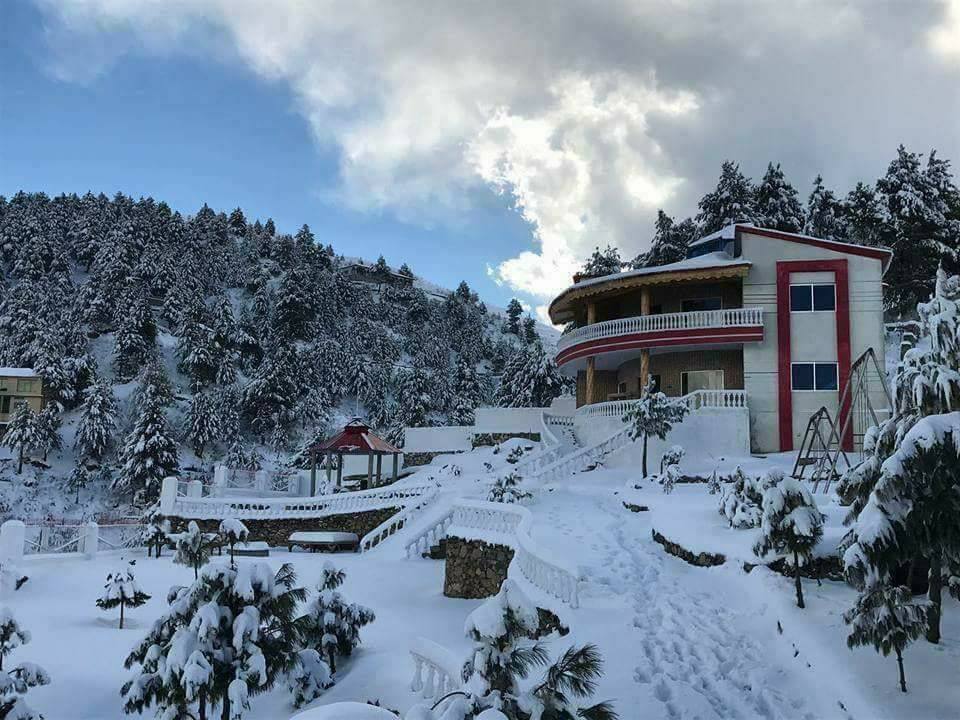
Per Person
2 days 1 night islamabad to malam jabba standard group tour winter/snowfall package
- 9-15 people
- |
- blue area → swat
- (10 reviews)
- Group Tours
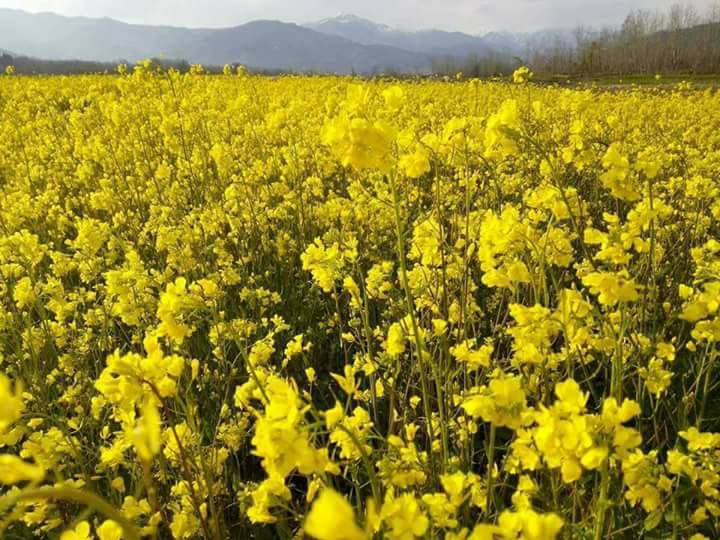
Per Person
2 days 1 night islamabad to gabeen jabba standard family tour winter/snowfall package
- 9-15 people
- |
- blue area → swat
- (6 reviews)
- Family Tours
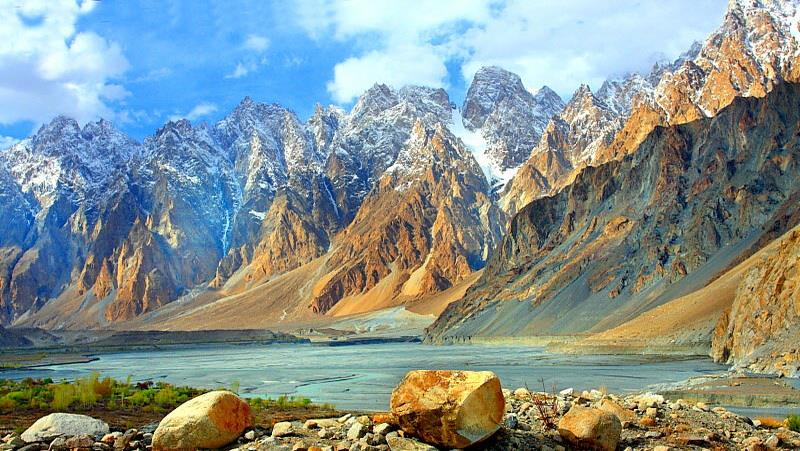
Per Person
6 days 5 nights islamabad to kalash valley standard group tour winter/snowfall package
- 9-15 people
- |
- blue area → chitral
- (6 reviews)
- Group Tours
